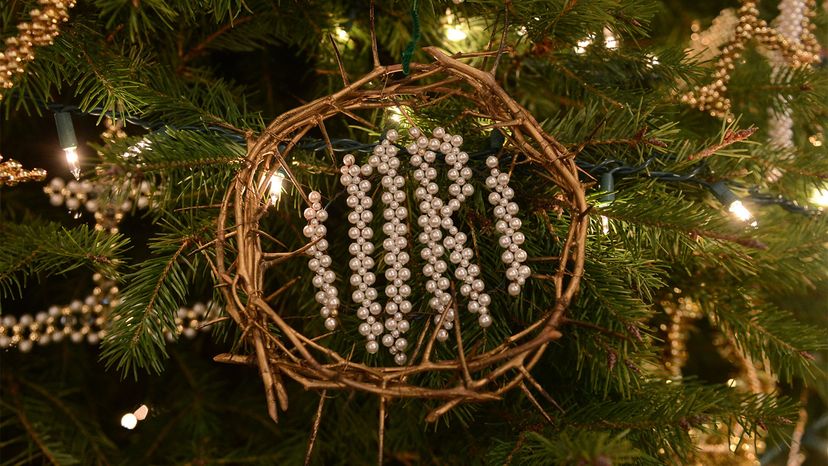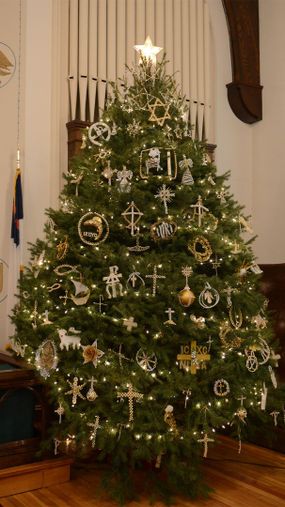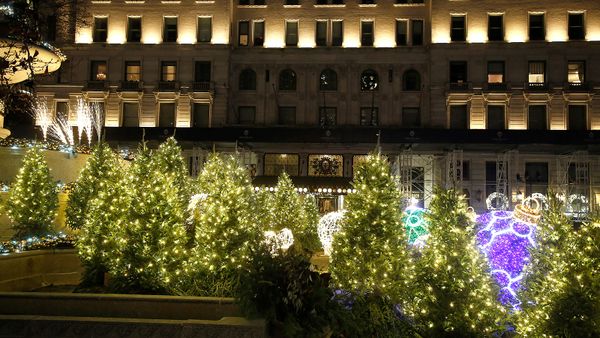
It’s Christmastime again: the season of giving and light. Brought to us in its original incarnation not by Hallmark, Disney or the North Pole, but by the biblical nativity story of faith, hope and love embodied in a young mother and her newborn son more than 2,000 years ago in the Palestinian town of Bethlehem.
While Christmas is arguably a fun and jolly holiday for everyone regardless of religion, it is particularly meaningful to many Christians who have long felt that the glitz of holiday commerce obscures the Christmas star and that the kaching-a-ling of Muzak drowns out what ought to be a silent and holy time of reverence at the foot of the manger.
Advertisement
With those sentiments in mind, during the Yuletide of 1957, a woman named Frances Kipps Spencer, the daughter of missionary parents and a member of the Ascension Lutheran Church in Danville, Virginia, invented "Chrismons." She wanted a way to decorate her church's sanctuary while reminding parishioners of the true meaning behind the Christian celebration of Christmas.

Spencer incorporated Christianity's ancient and enduring symbols, used by all Christian denominations throughout the ages, into her decorations, beginning with an evergreen tree to represent eternal life. She chose tiny white lights to symbolize Christ as the light of the world, and white and gold ornaments to reflect purity, innocence and majesty. She called these ornaments Christ monograms, or Chrismons, and the tree that they adorned the Chrismon tree.
Spencer's guidelines were simple: All Chrismons had to be made mindfully by hand and never commercially reproduced. And they were never to be sold, but given away freely with love.
Well-received and now the go-to Christmas decor in Christian churches across the United States, Chrismons can take many forms. They can be made of wood, paper (think origami) glass, felt, Styrofoam – the possibilities are limited only by the maker’s imagination – and can be embellished with paint, glitter, beads, embroidery, engraving or writing – depending upon the creative spirit in the hands that make them. The color palette just needs to be the traditional white and gold, with perhaps an exception made here and there for the color red.
The list of Chrismon symbols is limited, but there are dozens of patterns to choose from, each with its own special meaning. Crosses, angels, stars, anchors, arks, bread, cups of water and wine, shells, fish, pelicans, doves, fleur-de-lis, mangers, lamps, Greek letters from alpha to omega, to name a few, offer Christians and others who may be curious, an alternative lens to popular culture's secular view of the season, and a way to celebrate Advent and honor the biblical birth story that puts the "Christ" in Christmas.
Advertisement


